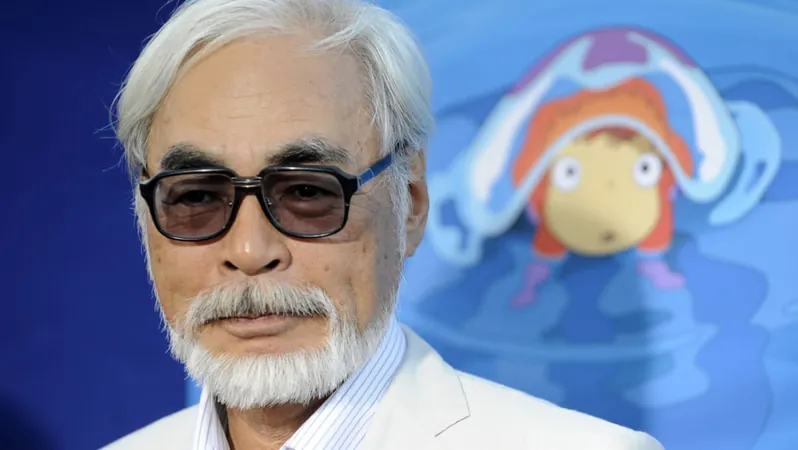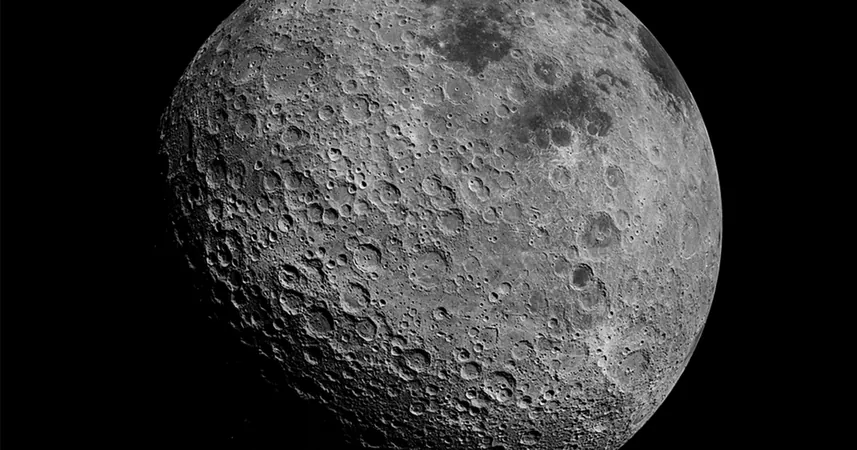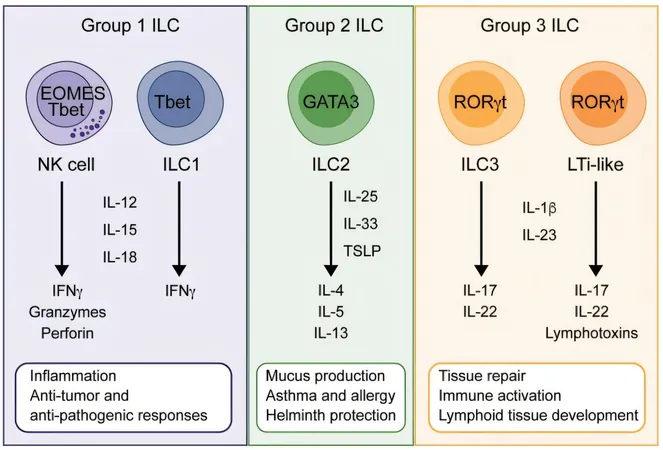
Rising Concerns as ChatGPT's Studio Ghibli-style Images Spark Debate on AI and Copyright
2025-03-28
Author: Siti
Rising Concerns as ChatGPT's Studio Ghibli-style Images Spark Debate on AI and Copyright
In a delightful twist for fans of Studio Ghibli, the iconic Japanese animation studio famed for classics like Spirited Away, OpenAI's latest update to ChatGPT allows users to transform everyday photos or trending memes into enchanting images that mimic the unique artistry of Ghibli's co-founder, Hayao Miyazaki. This feature, affectionately dubbed "Ghiblification," has taken social media by storm, as users showcase their AI-generated creations.
While many users have reveled in the whimsical results, this latest trend has ignited significant ethical and legal discussions regarding the use of artificial intelligence in the creative arts, raising questions about the future of human artists. Miyazaki, now 84, has been notably critical of AI's role in animation, expressing profound skepticism about its impact on authentic storytelling and artistry.
An example of this enthusiasm for AI-generated art came from German entrepreneur Janu Lingeswaran. He uploaded a picture of his three-year-old ragdoll cat, Mali, into the updated ChatGPT and requested a Ghibli-style transformation. The outcome was a charming anime-style image that captured both Mali's essence and the nostalgic feel of Ghibli movies. "I fell in love with the result," Lingeswaran shared, contemplating printing the image for display.
This newfound capability isn't just limited to pets; it has also reimagined iconic moments in pop culture. For instance, it has given a Ghibli twist to timeless internet memes, such as the now-famous "Disaster Girl" photo of a young girl smiling amidst a chaotic background of a house fire.
OpenAI has appeared supportive of these artistic experiments, with CEO Sam Altman even changing his social media profile to a Ghibli-inspired portrait. In a recent announcement, OpenAI mentioned adopting a "conservative approach" to how their AI mimics artists' styles, introducing a mechanism that refuses to generate images in the style of living artists. However, they clarified that broader studio styles—like those of Ghibli—could still be used for creative expression, bringing forth a wave of original fanworks.
Studio Ghibli has not publicly addressed the issue, but Miyazaki's past criticisms of AI in animation paint a stark picture. Back in 2016, he expressed his disgust towards an AI animation demonstration, highlighting a disconnection between AI-generated art and genuine human emotion. Miyazaki cited personal experiences and said, "Whoever creates this stuff has no idea what pain is," indicating a deep concern for the emotional and ethical implications of AI in creative processes.
Legal experts are now weighing in on the situation. Josh Weigensberg, a partner at the law firm Pryor Cashman, stated that the crux of the debate lies in whether OpenAI's model trained on works from Miyazaki or Studio Ghibli, raising crucial questions regarding licensing. Generally, there's a belief that "style" itself isn't copyrightable; however, specific elements within that style can be distinctive enough to warrant legal protection. Artists, like Karla Ortiz, who grew up under the influence of Miyazaki's magic, argue that such usage disregards the hard work and livelihoods of real artists, stating, "It’s an insult. It’s exploitation."
Adding another layer to the discussion, the trend caught the attention of political figures when the White House used the Ghibli-style image of a Dominican woman recently detained by immigration authorities in a social media post. This caused further outrage about the ethics of AI-generated art juxtaposed against sensitive societal issues, such as immigration policies.
While AI's ability to create captivating art may open new avenues for creativity, the community must grapple with the implications on artistic integrity and the rights of human creators. As the debate unfolds, the real question remains: Can art generated by machines coexist with the timeless craft of human artists, or does it represent a troubling new chapter in the evolution of creativity?




 Brasil (PT)
Brasil (PT)
 Canada (EN)
Canada (EN)
 Chile (ES)
Chile (ES)
 Česko (CS)
Česko (CS)
 대한민국 (KO)
대한민국 (KO)
 España (ES)
España (ES)
 France (FR)
France (FR)
 Hong Kong (EN)
Hong Kong (EN)
 Italia (IT)
Italia (IT)
 日本 (JA)
日本 (JA)
 Magyarország (HU)
Magyarország (HU)
 Norge (NO)
Norge (NO)
 Polska (PL)
Polska (PL)
 Schweiz (DE)
Schweiz (DE)
 Singapore (EN)
Singapore (EN)
 Sverige (SV)
Sverige (SV)
 Suomi (FI)
Suomi (FI)
 Türkiye (TR)
Türkiye (TR)
 الإمارات العربية المتحدة (AR)
الإمارات العربية المتحدة (AR)